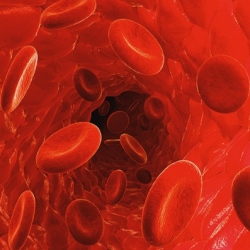
Scientists have discovered a potential treatment that may steer cancer cells toward their own destruction. The study focused on a particular gene that was found to influence levels of a tumor-fighting protein called 53BP1, the heightened presence of which makes cancer cells more vulnerable to treatment.
The proposed therapeutic approach centers on the repairing of DNA, a process that sees the body mend molecules damaged by everything from reactive oxygen components to radiation and chemical agents. More specifically, it focuses on a double-strand break, a type of injury that sees both strands of the double helix severed, leading to damaged and dead cells.
One mechanism that the body uses to fix these double-strand breaks is gluing the DNA strands together again, but this isn’t ideal as it renders those strands less effective in sending information through to the cell, meaning the cells are often left to die anyway. Another method of repair used by the body is using information from undamaged DNA to mend the broken DNA, a more effective way of repairing the broken double strands.
Through their study, the researchers observed the functions of an important gene in this process called UbcH7, known to help regulate the repair of broken double strands. What they found was that depleting levels of UbcH7 resulted in a significant boosting of the tumor-suppressing 53BP1 protein, which in turn drives the cancer cells toward the first, less effective path of repair: the gluing method. The team says the approach could complement current forms of treatment.
